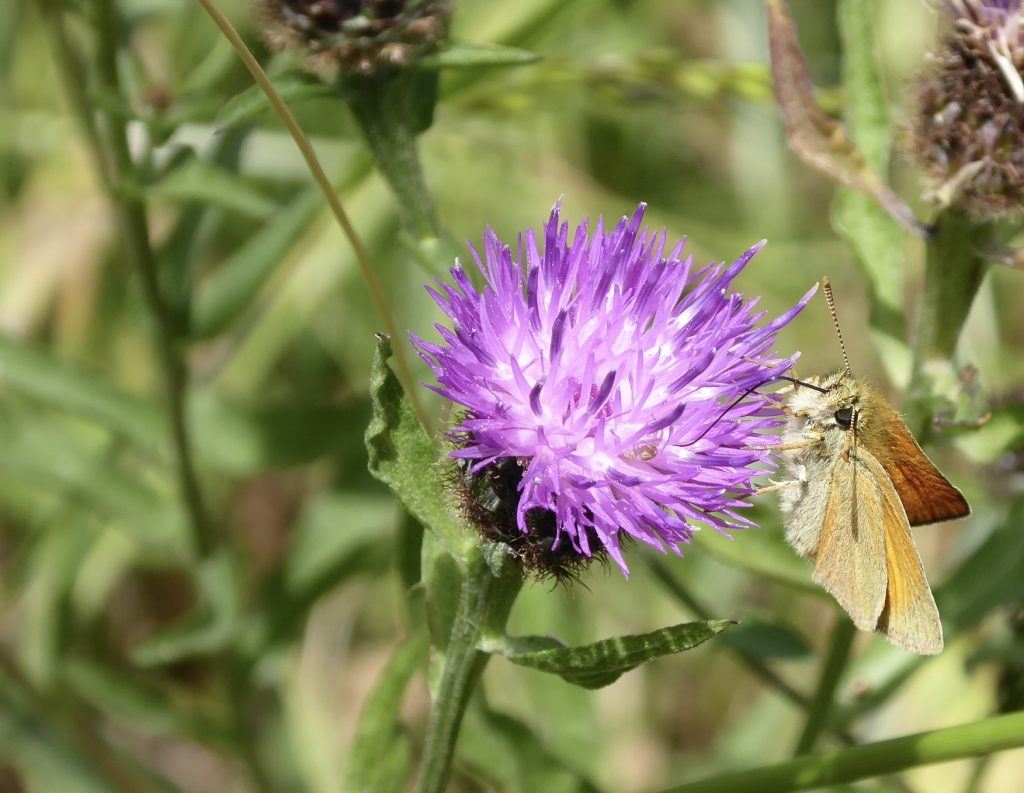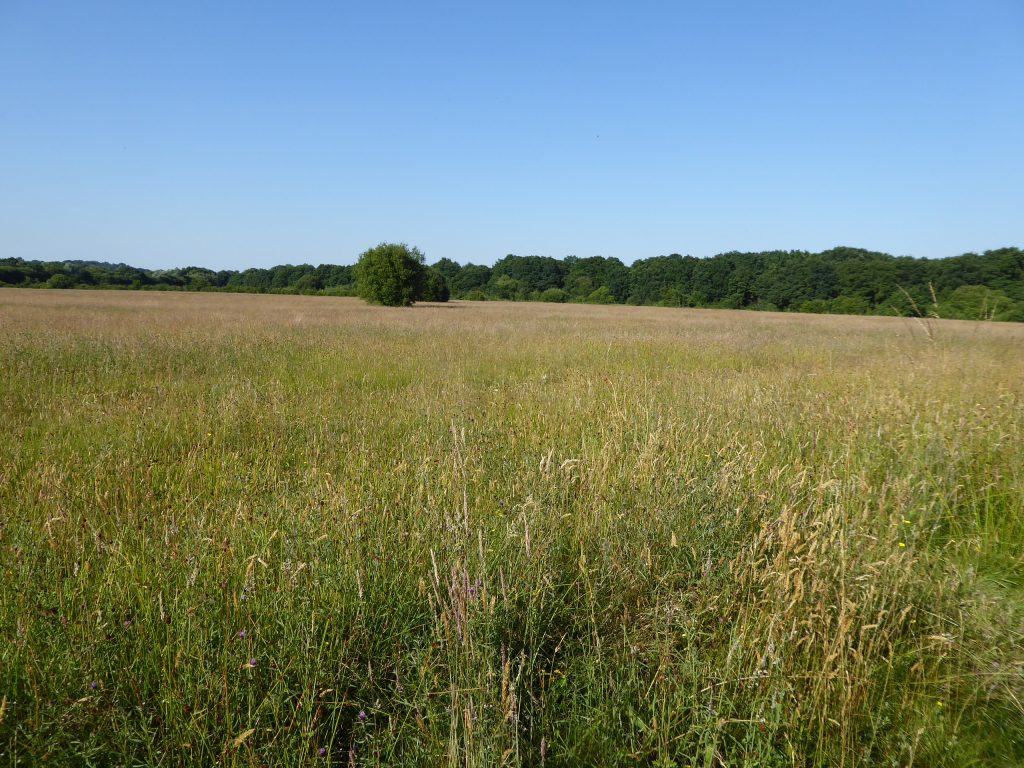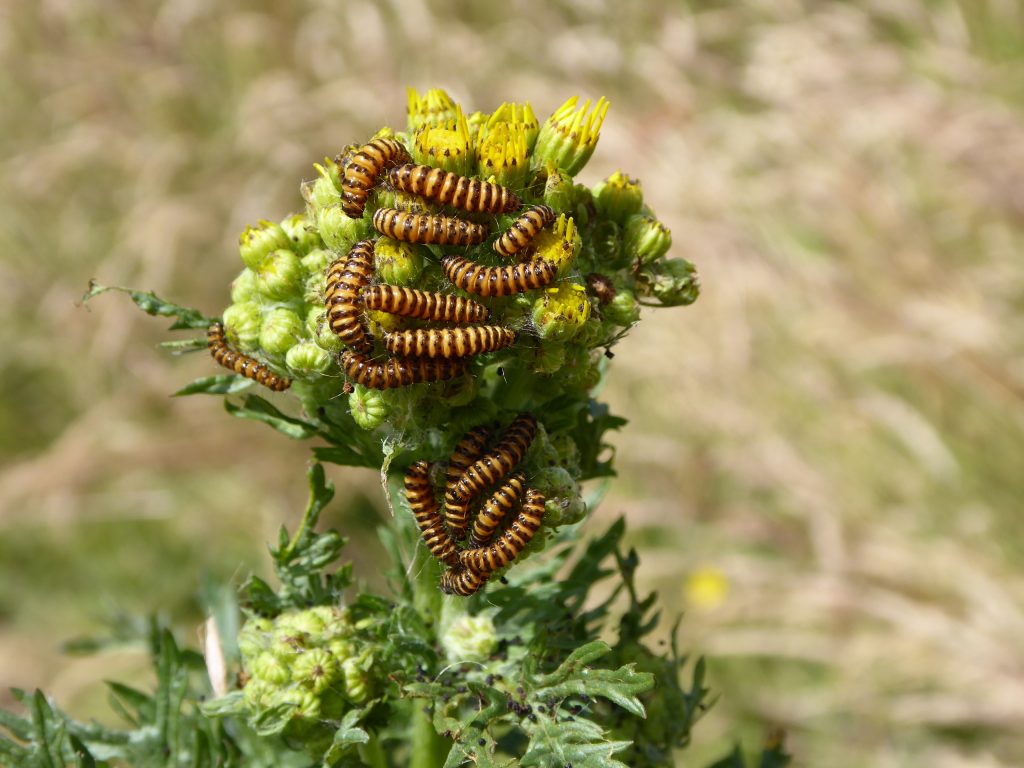Across the main road from “our” patch are a group of all fields and mixed woodland which make up part of Broadstreet common. To me this sort of land is an essential but often ignored wildlife refuge and green lung for the locals. As the seasons move towards high summer, and this year it now looks like we are going to have a serious hot spell, the countryside begins to feel a little quiet. Many birds have fallen silent as they move from rearing young to commencing moults. If you don’t need to attract a mate or defend a territory then why waste the energy on singing and strutting your stuff?
Spring flowers may be over but meadow and verge plants like Knapweed are painting our local field with a wonderful shade of purple and the butterflies are enjoying the nectar.

Look at the length of the tongue!

Problem is with field like these is that they don’t stay like this without management. Cutting for hay and/or grazing is often difficult to undertake on smaller parcels of land and frequently these areas move in and out of active management. Not necessarily a bad thing as there are a whole range of species adapted to take advantage of the variability of habitats created through variations in management provided more vulnerable (and rare species) are considered.
Walking round these fields is great if you have kids with you as the grass moves with grasshoppers and crickets! There were so many that my wife started to feel a little uncomfortable!
A last word in support of Ragwort! Yes it is poisonous to horses particularly when cut and mixed in to hay but do remember that many insects love the flowers and some even use the poison to dissuade predators by advertising their toxicity with bright colours.

